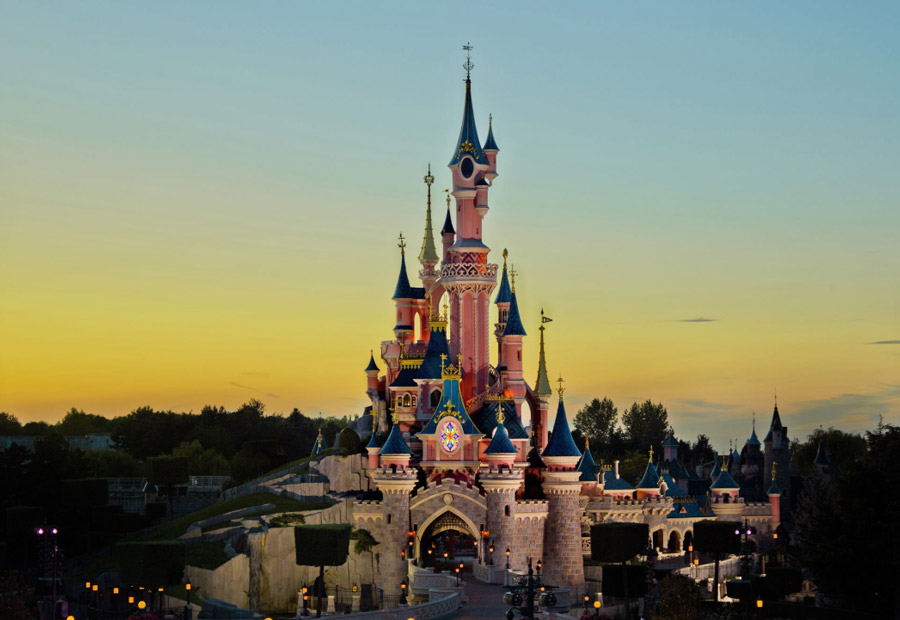Disneyland Paris reported a $51 million (€47 million) operational profit on revenue that reached a record $2.6 billion (€2.4 billion) last year, thanks to the relaxation of pandemic restrictions and the inauguration of a new zone themed to Marvel super heroes.
Disneyland Paris, with two parks and seven hotels, is a barometer of Europe’s tourism industry, and its robust performance indicates that the gloomy clouds brought in by Covid-19 have now begun to lift.
Its accomplishments are all the more astonishing given that Disneyland Paris has barely turned a profit since its spectacular iron gates opened in 1992 as Euro Disney.
Despite weather concerns, Disney’s then-CEO Michael Eisner chose France over Spain as the location for the resort. “Disney executives in Burbank, California – but also theme park and resort management in Anaheim and Orlando – thought the winter would kill the park and hotel business,” he claimed in a recent interview with The Times of London.
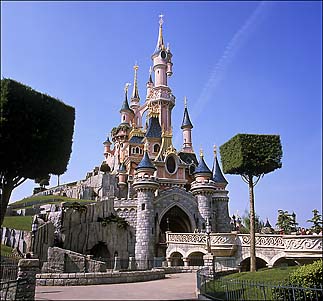
“I’m originally from New York City.” People go out unless there is a nor’easter, and if there is a subway to the front door, no problem. Later, I insisted on having fireplaces in each Euro Disney hotel lobby, but that’s another tale. Plus, Tokyo Disneyland debuted in spring 1983 and was a huge success from the outset, so we had firsthand knowledge of a Disney theme park where it snowed.”
RELATED: Disney Is Now Working On New Frozen, Toy Story, And Zootopia Sequels
Disneyland Paris spans 5,500 acres, roughly one-fifth the size of the French capital. This keeps local competitors out and allows Disney to carefully regulate the standards of the land surrounding its parks. The French government encouraged Disney to enter into a public-private partnership in order to obtain such a vast area of land.
As a result, Disneyland Paris was listed on the Paris Euronext exchange with only 49% owned by Disney. Because Disney did not control the company fully, it made loans to it rather than investing money in it. The resort was also built using $1.8 billion (€1.7 billion) in bank borrowings, and finance charges drove losses.
According to Eisner, “it was a hit with the people from day one.” In the first year, I believe we got 10 million visitors, which was greater than the Louvre.” However, he states that “various factors – the extreme costs associated with going for excellence, for building a castle where castles were real; financing costs of a highly leveraged entity structure; lower per capita spending by visitors who use all their allotted vacation time etc. – hurt the bottom line for a decade or so.”
The debt load was alleviated in 2012 when Disney paid off the bank loans, and five years later it bought out Disneyland Paris for $2.17 (€2) per share. It was delisted from the Euronext, reducing transparency into its finances because it is no longer required to provide quarterly numbers.

Disney’s own filings only provide basic guidance on individual park performances, and their financial success is not detailed. However, Euro Disney Associés, the firm that administers its French branch, continues to file financial accounts. According to them, their revenue increased from $968 million (€893 million) in 2021 to $2.6 billion in the fiscal year ending September 30, 2022. It considerably outpaced the company’s $2.5 billion (€2.3 billion) cost rise by 57.8%, leaving it with a $51 million operational profit. As shown in the graph below, this was the largest in a decade and a significant improvement over the previous year’s operational deficit of $627 million (€579 million).
The fee increase was caused by the resort’s theme parks reopening in June 2021. As a result, it added 9.4% additional employees, bringing the total to 15,450. Disneyland Paris is the region’s largest private employer, and its employees are known as Cast Members because to their role in a themed setting. As shown in the graph below, their total salary increased by 30.8% last year to a record $825 million (€761 million).
RELATED: The Future Of Disney Is A Heated Topic Among Hollywood’s Elite
The resort is also Europe’s most frequented tourist attraction, with a projected 15 million visitors in 2019, according to infrastructure specialists AECOM. According to the Daily Telegraph at the time, the resort was on track for a happy ending thanks to considerable gains in guest spending and average daily room rates in its hotels.

Taking advantage of this, the company invested $216 million (€199 million) in 2018 and stated that it was “driven by costs incurred for resort development and improvement of existing assets.” They also include costs associated with theme park and hotel renovations.” Disneyland Paris was set to debut a game-changing attraction in 2024, as we reported in 2017, but Covid-19 put a damper on those plans.
According to the most recent forecasts, attendance will drop to 5.4 million in 2021, but it has risen dramatically since the resort reopened following the pandemic. In a recent research, I found that five of Disneyland Paris’s seven on-site hotels made $102.2 million in income in the 12 months ending September 30, 2021, despite being closed for more than seven months of that time. According to their financial documents, income increased by a whopping 497% last year to a record $617.8 million (€570.2 million).
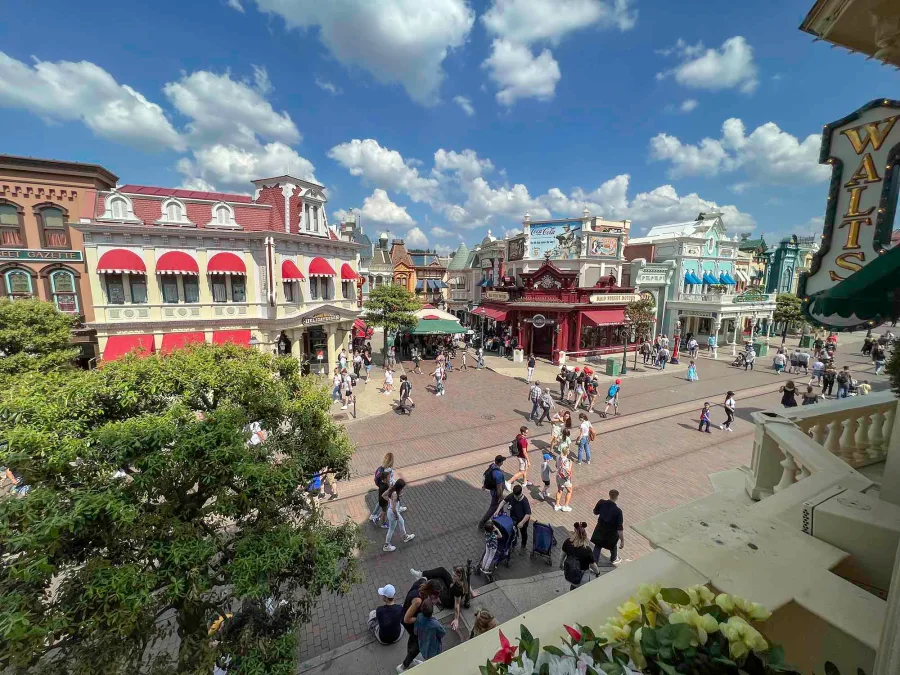
According to Disney’s chief financial officer Christine McCarthy, the favorable trend will continue beyond 2023. McCarthy added in announcing Disney’s results for the three months ending December 31, 2022, “in this quarter, we had very strong performance, especially year over year from Disneyland Paris.” According to Disney’s earnings release, attendance and occupancy increased during the quarter, and guests spent more money as a result of “an increase in average ticket prices and higher average daily hotel room rates.”
Weak currencies, along with ticket price rises, have priced many European visitors out of Disney’s parks in the United States. Disneyland Paris benefited from this and capitalized on it by opening new attractions. McCarthy had previously stated that “at Disneyland Paris, we remain pleased with the positive results we’re seeing from the substantial investments we’ve made there.”
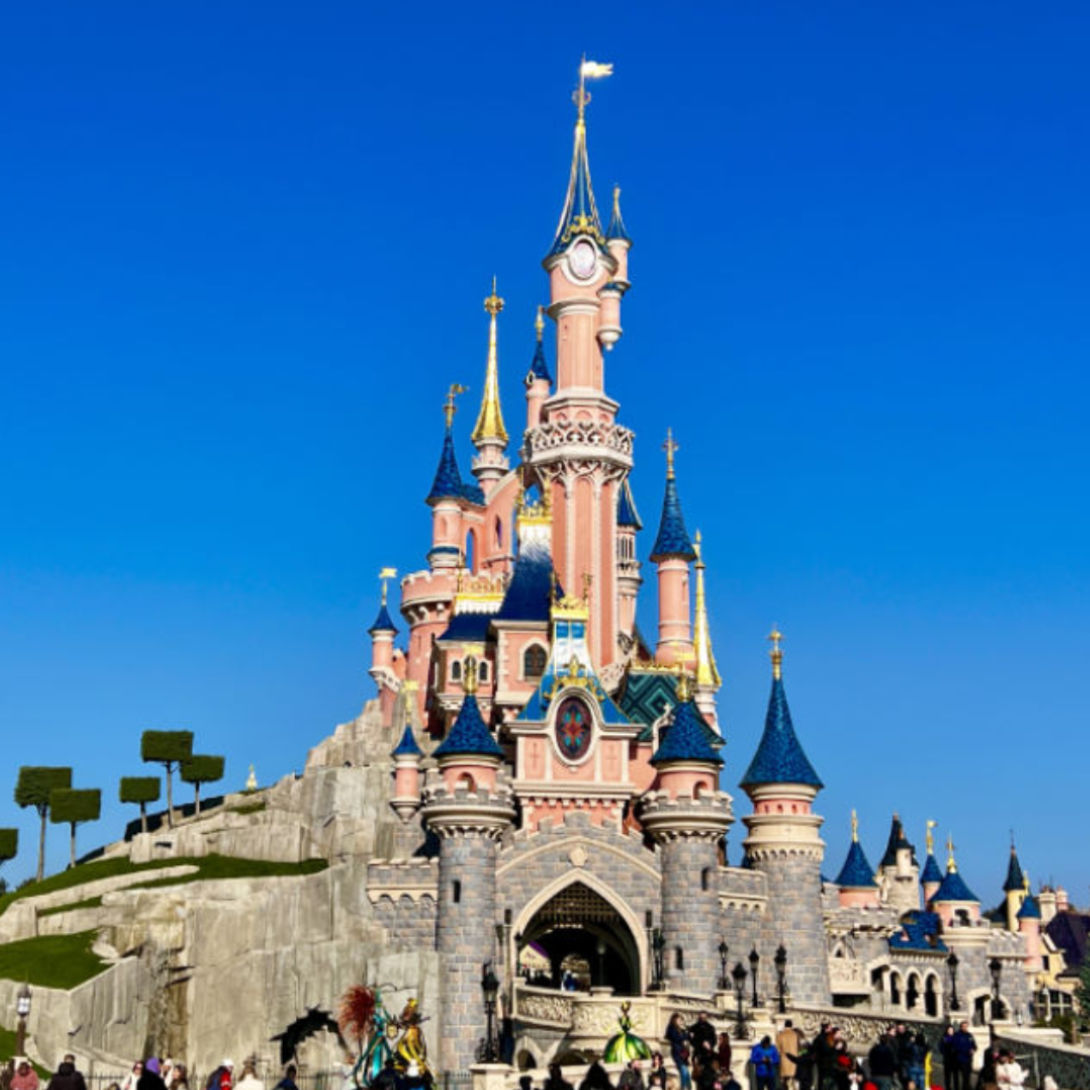
In April of last year, the resort marked its 30th anniversary by debuting the first drone show in a Disney park, followed three months later by opening the doors to a land themed to the highly famous Marvel super hero flicks.
Brie Larson, who plays the superpowered Captain Marvel on the big screen and in a roller-coaster exclusive to Paris, attended the extravagant opening ceremony. Another attraction used motion-sensing cameras to simulate passengers firing webs from their wrists into a 3D screen alongside Spider-Man. Disneyland Paris is not done yet.
The Marvel land is the first stage of a multibillion-dollar development announced in the Express newspaper in 2017. The financial accounts of Euro Disney Associés show that $410 million (€378 million) of assets were under development in 2022, with the majority of it relating to a place themed to the hit animated film Frozen, which will open in the next years. It was supposed to be followed by another land set in the Star Wars universe, but Disneyland Paris president Natacha Rafalski recently called that into question. She told the French news channel France Info that Disneyland Paris is “still working on the third theme.” We will make an announcement when we are ready.”
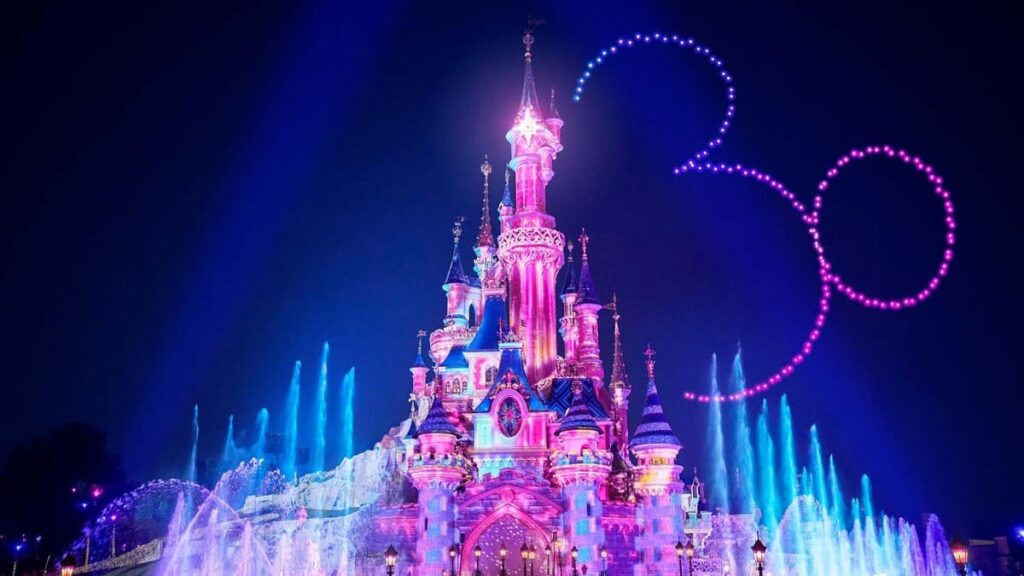
According to industry analyst Box Office Mojo, the third land might instead be themed to the Avatar franchise, following the success of the second film in the series, which just became the third highest-grossing film in history with total takings of $2.3 billion. Pandora – The World of Avatar is one of the most popular lands at Walt DisneyDIS +0.8% World in Orlando, so it could be the enchantment that Disneyland Paris requires to stay profitable.
Soon after Bob Iger took over as Disney’s CEO for the second time in November of last year, he made it a mission to make the US parks more accessible. Since then, he has increased the quantity of lower-priced Disneyland tickets available, eliminated parking costs at Walt Disney World hotels, and lifted limitations for passholders after 2 p.m. More could be on the way.
“I think that in our zeal to grow profits, we may have been a little bit too aggressive about some of our pricing,” Iger said earlier this month at a Morgan StanleyMS -0.4% media conference. And I believe there is a way to continue to expand our business while being more strategic about pricing in order to keep our brand value of accessibility.” Lowering admission rates to Disney’s US parks may raise competition for Disneyland Paris, but it isn’t the only threat on the horizon.
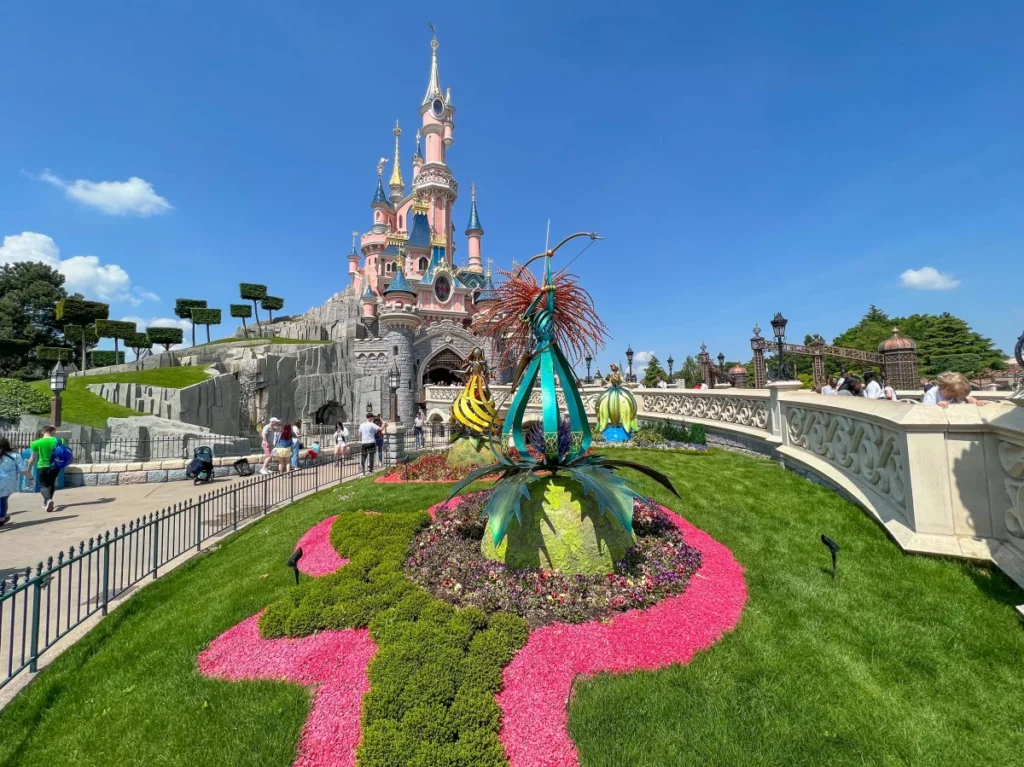
In 2016, Disneyland Paris claimed that 32% of its guests arrived by airline or train, as the resort has a direct line to the United Kingdom, which is one of its largest markets after France. However, the direct service will be discontinued in June to alleviate station bottlenecks caused by the post-Brexit requirement to stamp passengers’ passports while crossing the border. The checks will be replaced by a new Entry/Exit System known as the EESEES +0.2%, but the technology has been postponed numerous times and is now set to be adopted at the end of the year.
If this hassle causes UK visitors to reconsider visiting Disney’s US parks at a time when ticket-holder advantages are expanding, Disneyland Paris may lose profitable business. Because Brits must travel further to Disneyland Paris than many of their European colleagues, they frequently stay longer to maximize their enjoyment. This raises income and thus profit for Disneyland Paris, thus any moves that lessen its appeal to the UK market mean that being profitable may be difficult.
Download The Radiant App To Start Watching!
Web: Watch Now
LGTV™: Download
ROKU™: Download
XBox™: Download
Samsung TV™: Download
Amazon Fire TV™: Download
Android TV™: Download

